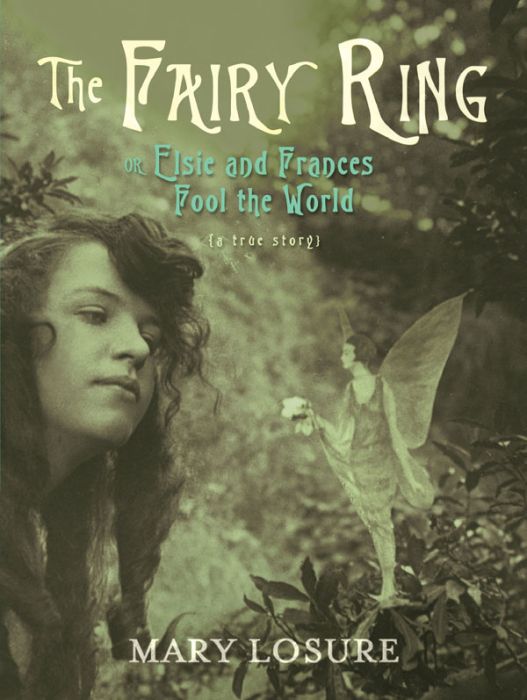
The Fairy Ring: Or Elsie and Frances Fool the World
By Mary Losure
Edition
By Mary Losure
Hardcover edition
Publisher Candlewick Imprint Candlewick ISBN9780763656706
Awards and Honors Horn Book Fanfare 2012, Nonfiction; Booklist Editors’ Choice Books for Youth, 2012: Nonfiction, Middle Readers; Booklist Lasting Connections of 2012, Social StudiesThe Fairy Ring: Or Elsie and Frances Fool the World
 5
5
Out of stock
SKU
9780763656706J
Cousins Frances and Elsie staged photos of fairies to trick their parents. But when Sir Arthur Conan Doyle saw the images—and fell for them—he told the world. Source notes. Photo credits. Bibliography. Index. Black-and-white photographs and artwork reproductions.
|
Standard MARC Records Cover Art |
Advanced Readers Plus (Grades 6-8)
Advanced Readers Plus
Advanced Readers Plus (Grades 6-8)
For Grades 6-8
This collection expands reading opportunities with 14 additional titles each year, featuring compelling narratives that challenge and inspire. With a mix of humor, realism, and deeper themes, these selections cater to high-interest, reluctant, and struggling readers alike.
14 books per Year
$285.46 per Year
Interests
Fiction, High Interest/Reluctant Reader, Struggling Readers, Novels, Funny/Humorous, Realistic Fiction


